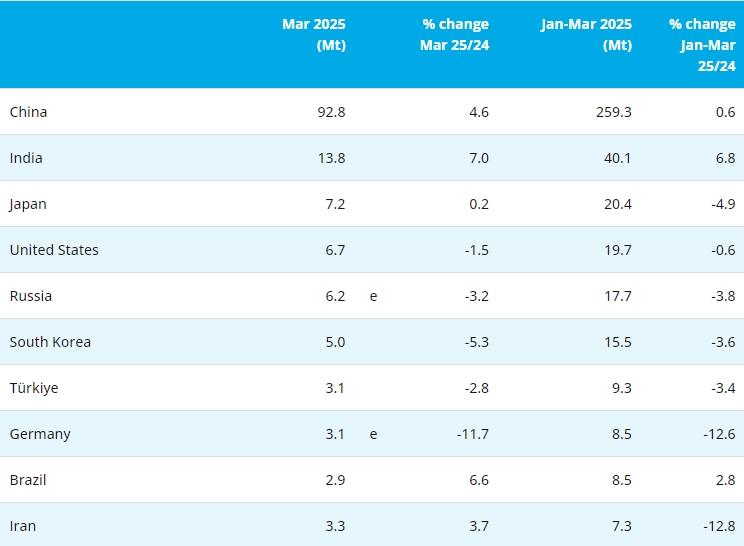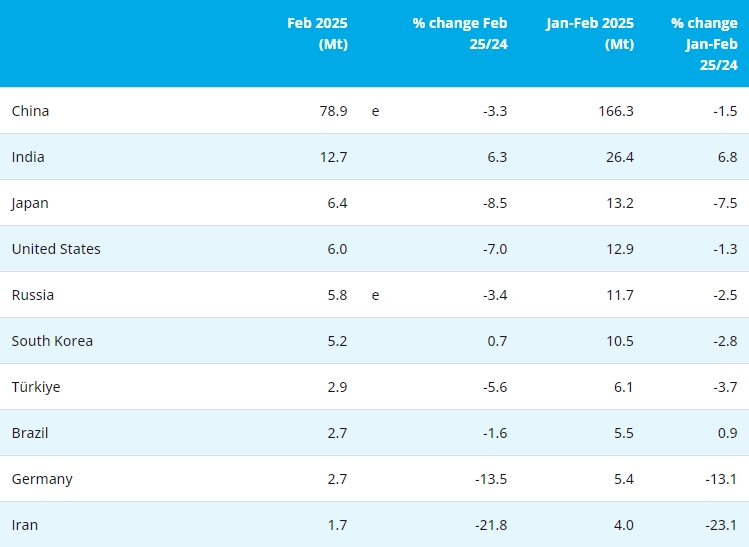Supply challenges persist to meet rising rare earths demand, reports Davide Ghilotti.
Market fundamentals have been bullish for critical minerals including rare earths, but the sector is expected to face ongoing supply challenges to meet rising international consumption patterns. Rare earth prices hit their highest point in a decade in February, according to the China Rare Earth Industry Association, owing to a combination of fast-growing demand and headwinds affecting availability from the main producing regions.
While downstream demand trends remain especially healthy for current and future consumption, supply has struggled to follow at the same pace, and the industry continues to show imbalances that concern market participants.
A group of 17 metals, rare earths are used in an array of different applications, but the focus has only been on a handful of these, namely magnet metals neodymium, praseodymium (also known as NdPr), terbium and dysprosium.
Rare earth magnets are essential components employed by two of the fastest growing industries of today’s global economy – wind power and electric vehicles. Using a rare earth magnet in an electric motor makes a lighter, cheaper, longer-range vehicle, and only rare earth magnets have the strength and heat resistance needed for application in wind power turbines.
As governments seek to reduce their carbon emissions in pursuit of a 2050 net-zero emission scenario, in line with the Paris agreement on climate change, decarbonizing energy generation and transport are crucial steps of the energy transition.
These developments in consumption patterns are leading to uneven price progression for the rare earth complex, with magnet metals taking by far the largest share of the value hike. Over the past year, the fastest price rises have been seen in the magnet metals.
Conversely, the price of the most abundant elements, cerium and lanthanum (which account for well over half of total supply volume), has been at multi-year lows. At a 2021 webinar held by the global Rare Earth Industry Association (REIA), attendees heard that magnet applications alone accounted for over 70% of rare earth demand value, but only 23% of volume.
This split between magnet minerals and the rest of the rare earth group is expected to intensify as magnet demand grows.
Light metals cerium and lanthanum (currently 63% of total volume, but 6% of value), which are the most abundant and the weakest links of the value chain, are expected to remain oversupplied, at loss or near loss for producers, while mid- and heavy NdPr materials will constitute the leading profitmaking product lines, REIA warned.
fastmarkets
Copyright © 2013 Ferro-Alloys.Com. All Rights Reserved. Without permission, any unit and individual shall not copy or reprint!
- [Editor:kangmingfei]



 Save
Save Print
Print Daily News
Daily News Research
Research Magazine
Magazine Company Database
Company Database Customized Database
Customized Database Conferences
Conferences Advertisement
Advertisement Trade
Trade














 Online inquiry
Online inquiry Contact
Contact

Tell Us What You Think